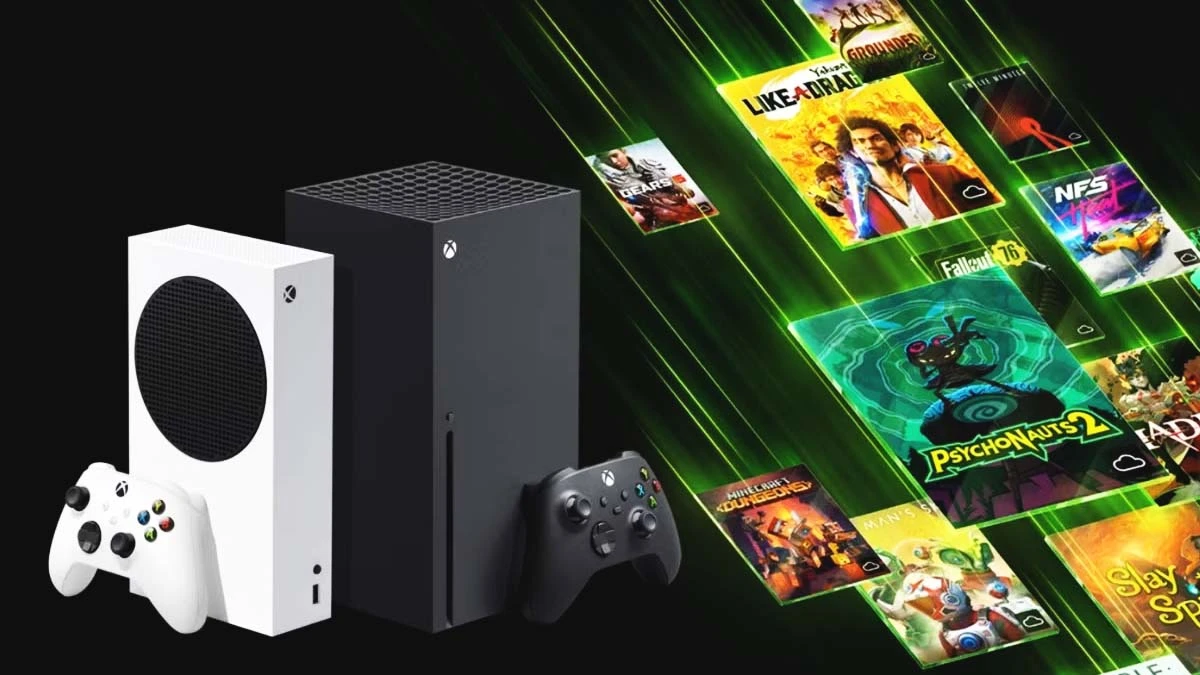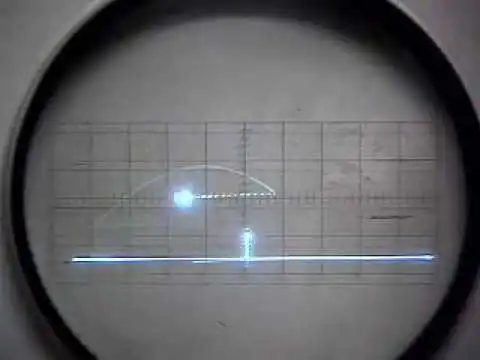

Recent industry reports reveal a sharp decline in video game hardware sales, raising questions about the future of gaming consoles and PC components. With gaming technology evolving rapidly, consumer interest seems to be shifting, affecting the market dynamics.

This decline in hardware sales may signal a transition to digital gaming services, cloud gaming, or a temporary market correction after years of high demand. But what does this mean for the future of video games? And how does it compare to past gaming milestones, like the first video game ever made and the best-selling video game of all time? Let’s dive in!
Several factors contribute to the recent drop in gaming hardware sales:
Saturation in the Market – Many consumers already own the latest gaming consoles or high-end PCs, reducing the demand for new hardware.
Rise of Cloud Gaming – Platforms like Xbox Cloud Gaming, NVIDIA GeForce Now, and PlayStation Plus Cloud Streaming allow players to enjoy high-quality games without needing expensive hardware.
Economic Conditions – Inflation and economic uncertainty have made consumers more cautious about investing in new gaming devices.
Longer Console Lifecycles – Unlike previous generations, current-gen consoles like the PlayStation 5 and Xbox Series X have received fewer hardware upgrades, slowing down the incentive to upgrade.
Shift to Digital and Subscription Models – More players are subscribing to services like Xbox Game Pass and PlayStation Plus, reducing the need for expensive gaming PCs or consoles.
While gaming itself is still growing, the way people access and play games is changing, shifting focus away from traditional hardware sales.
To understand how far gaming has come, let’s look back at its origins. The first-ever video game is often debated, but one of the earliest known examples is Tennis for Two (1958), created by physicist William Higinbotham. This simple game displayed a side-view of a tennis court on an oscilloscope screen, where players could hit a ball back and forth.

However, the first commercially available video game was Pong (1972) by Atari. Pong became a massive hit, setting the stage for the gaming industry as we know it today.
Despite the massive technological advancements in gaming hardware, the fundamental excitement of playing video games has remained unchanged since these early days.
With video game hardware sales declining, game sales continue to break records. But which game holds the all-time sales record?
The best-selling video game of all time is "Minecraft", with over 300 million copies sold worldwide.
Here’s a look at the top-selling video games ever:
Minecraft – 300+ million copies (cross-platform, survival/sandbox)
Grand Theft Auto V – 190+ million copies (open-world action-adventure)
Tetris (EA & classic versions combined) – 100+ million copies (puzzle game)
Wii Sports – 82 million copies (motion-controlled sports)
PUBG: Battlegrounds – 75+ million copies (battle royale)
These numbers show that digital gaming sales are thriving, even as hardware sales decline. More players are focusing on game content rather than investing in new gaming machines.
The decline in video game hardware sales doesn’t mean the industry is shrinking rather, it’s evolving. With cloud gaming, subscription services, and digital game sales increasing, the future of gaming may be less dependent on traditional hardware.
However, dedicated gaming consoles and PCs aren’t going anywhere soon. New innovations in AI-driven graphics, virtual reality, and streaming technology could lead to a new wave of hardware demand in the coming years.